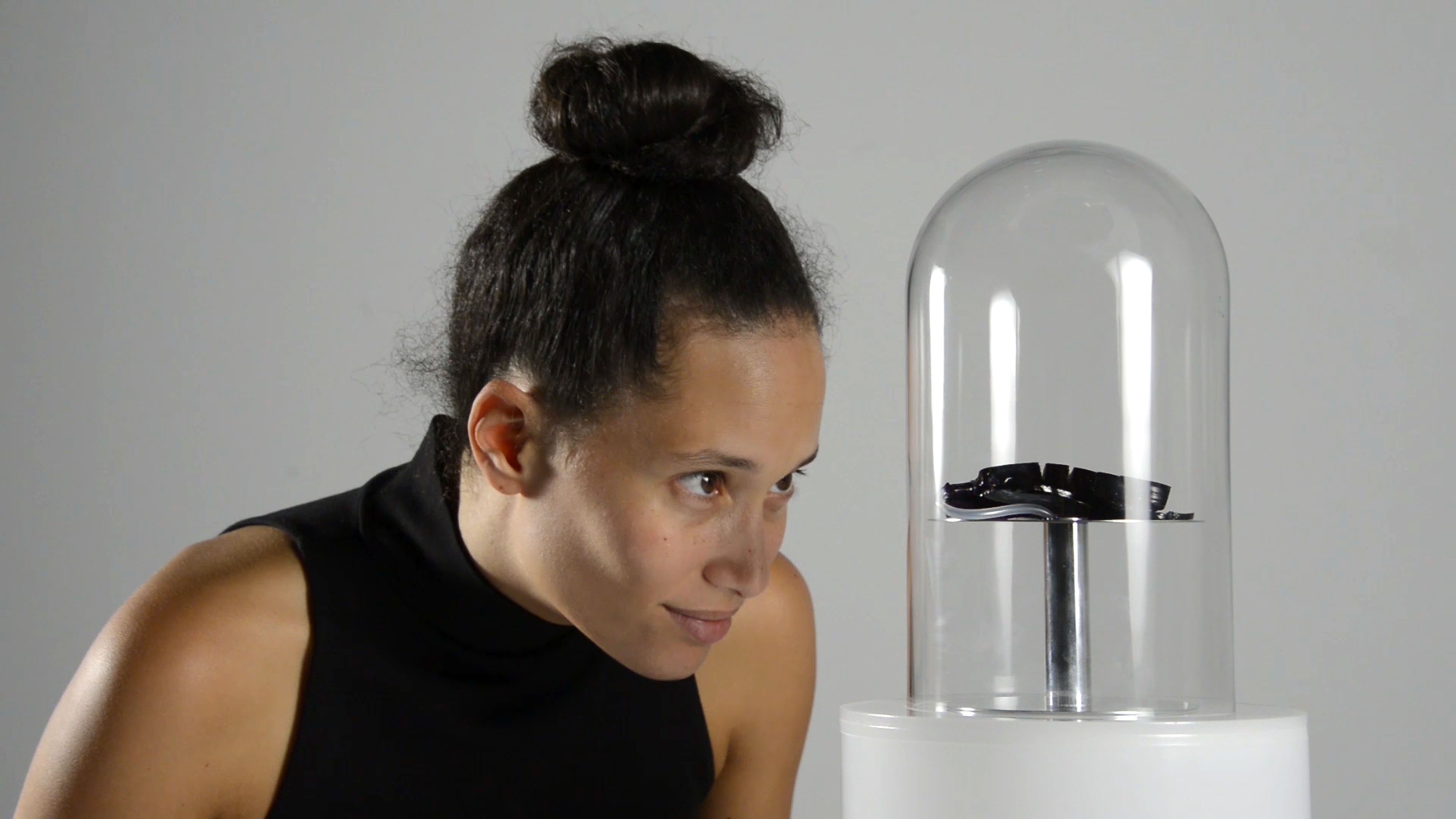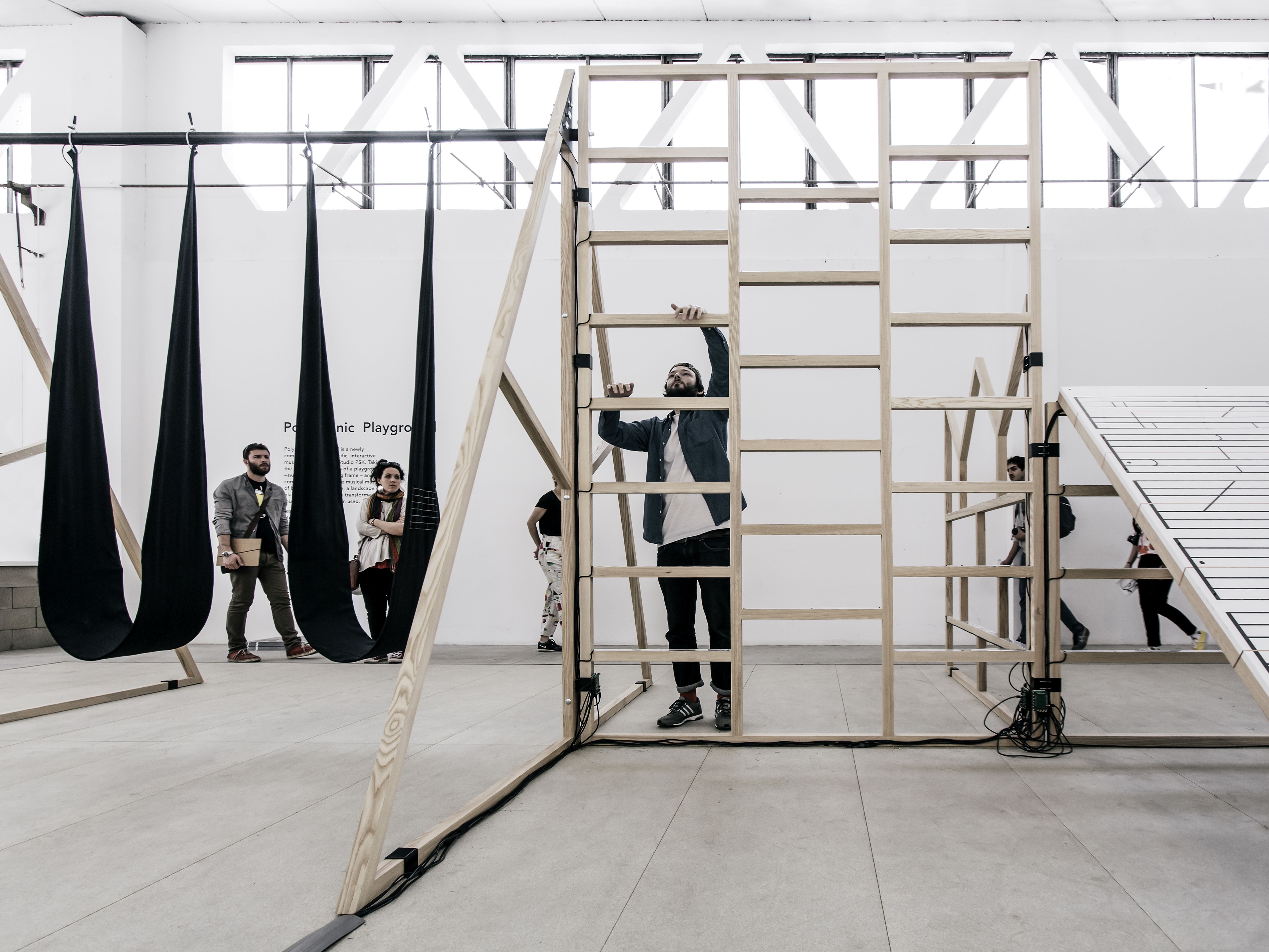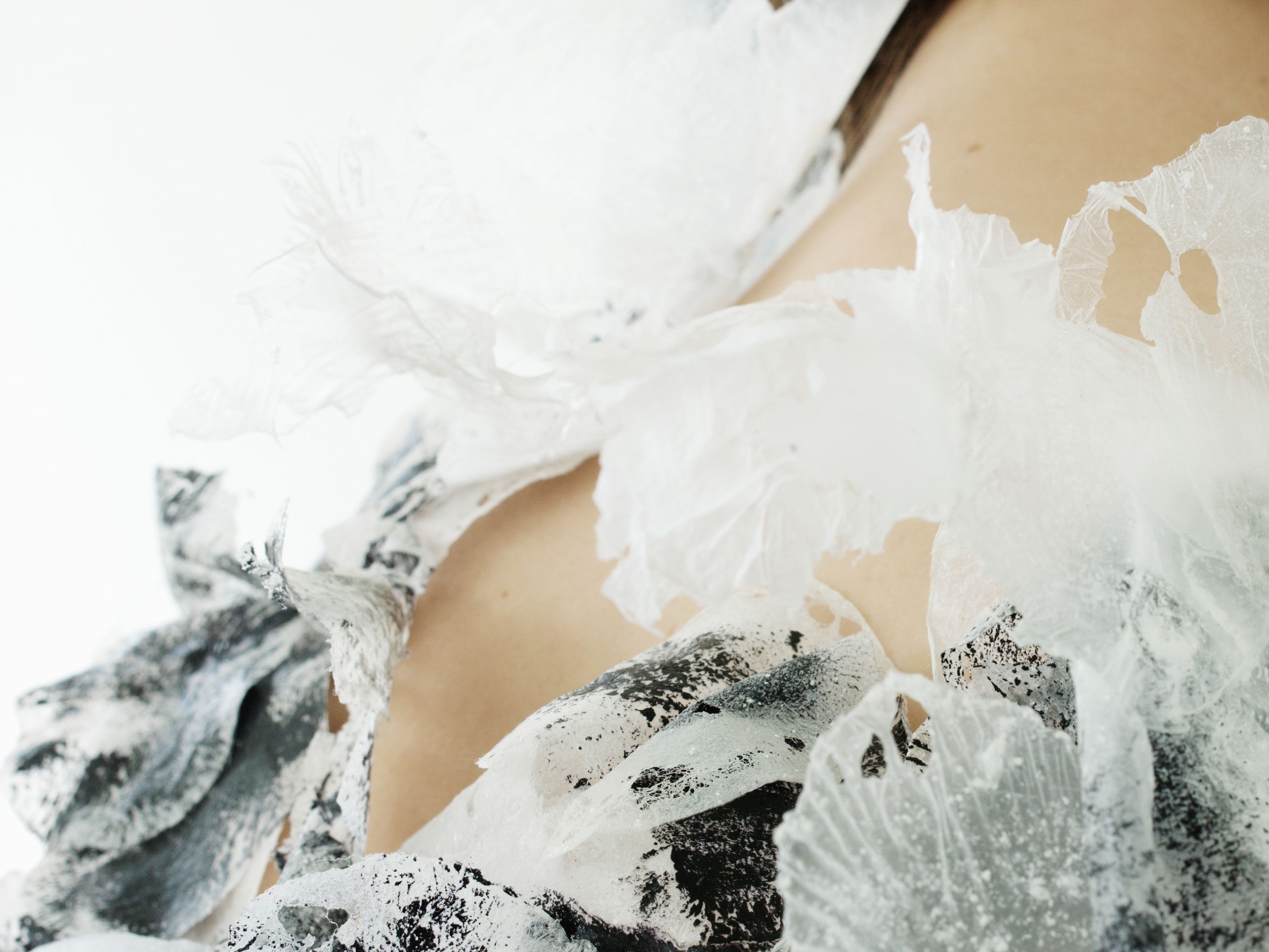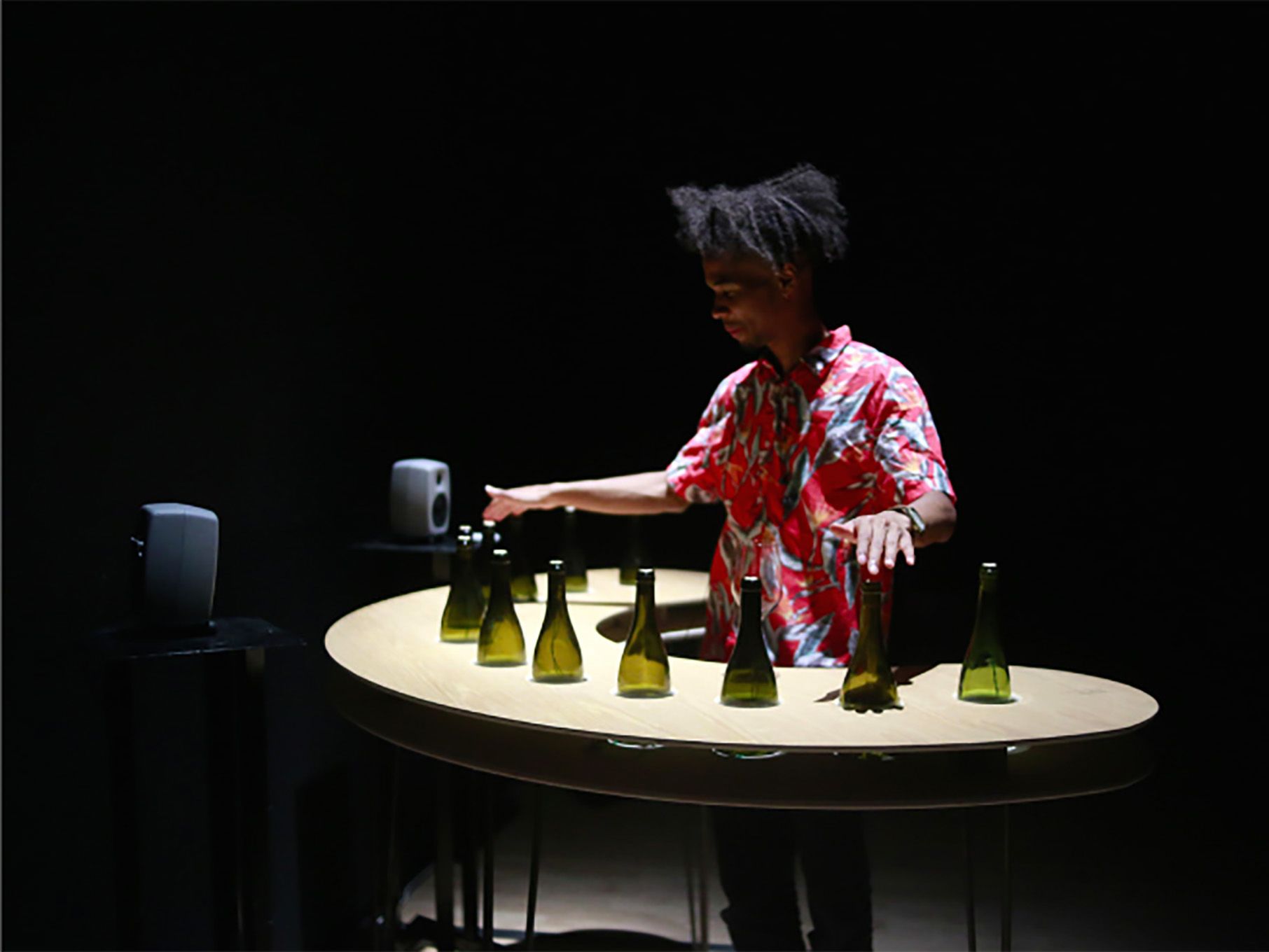In a society where you can ask Alexa, Cortana or Siri to organise your life, answer a phone call with your watch, and experience virtual surroundings with a headset, you’d be forgiven for believing that our main interaction with technology is one that is purely for helping humans complete day-to-day tasks.
But what about using tech to amplify our senses or improve our sensory experiences? In the world of design, there are creative individuals, studios and agencies that are utilising technology in a tactile way to magnify how we see our relationship with tech. With the sensory experience at the heart of their projects, these practitioners are opening up new ways to use, perceive and experience technology in our lives.
‘P-rouette’ – Hadar Neeman
P-rouette - final project by Hadar Neeman - Bezalel 2018
Video: Elior Ben Haim Photographers Group. Courtesy of Hadar Neeman.
Whilst the sculpting techniques help prevent injury to the dancers’ feet, the project also has a sustainable outlook as these shoes last three times longer than traditional ballet shoes. Watch the video to learn more about Neeman’s 'P-rouette' project and the process that goes into making these amazing shoes.
See more of Neeman’s work on her portfolio
‘DuoSkin’ – MIT Media Lab
‘DuoSkin’ – MIT Media Lab
Video: Videography by Jimmy Day/ MIT Media Lab.
Read more about the DuoSkin project
The full list of collaborators for DuoSkin:
Cindy Hsin-Liu Kao
Asta Roseway
Christian Holz
Paul Johns
Andres Calvo
Chris Schmandt
‘Déguster l’augmenté’ – Erika Marthins x ECAL
Déguster l’augmenté ECAL/Erika Marthins
Video: Project by ECAL/Erika Marthins. Filmed and edited by Erika Marthins and Pauline Saglio.
The full list of collaborators for ‘Déguster l’augmenté’:
Project by ECAL/Erika Marthins, in collaboration with Chef Fabien Pairon – Ecole hôtelière de Lausanne, Rayform and Jun Shintake – Laboratory of Intelligent Systems(EPFL).
Special thanks to: Michel Ferla (EHL) and Dario Floreano – Director of Laboratory of Intelligent Systems(EPFL).
Tutors: Alain Bellet, Cyril Diagne, Gaël Hugo, Christophe Guignard, Cédric Duchêne.
Assistants: Laura Perrenoud, Tibor Udvari, Romain Cazier, Marc Dubois.
ECAL / University of Art and Design, Lausanne Switzerland, Bachelor Media & Interaction Design.
‘Wall of Sound’ – Ligalux
Ligalux – Wall of Sound
Video: Ligalux
Citing the project as a ‘visual experience installation’, Ligalux used conductive paint by Bare Conductive to create an interactive mural of various ghetto-blaster sound systems that actually play music. And it’s not the same song playing either, but a variety of sounds that can be controlled by pressing the painted buttons of the image. But what is conductive paint? Well, it’s pretty much what it says on the tin – it’s paint that allows electricity to flow through it. By connecting various electrical components such as a circuit board and wires (in addition to other pieces of hardware!), Ligalux managed to make a simple mural come to life. Watch the video for a quick run through of their making process and the final installation outcome.
See more of Ligalux’s work on their website
Interested in using conductive paint? Head over to Bare Conductive
‘Neclumi’ – panGenerator
NECLUMI - a probable future of jewellery?
Video: Videography by Jakub Koźniewski.
Read more about the ‘Neculimi’ project
The full list of collaborators for ‘Neculimi’:
Piotr Barszczewski
Jakub Koźniewski




